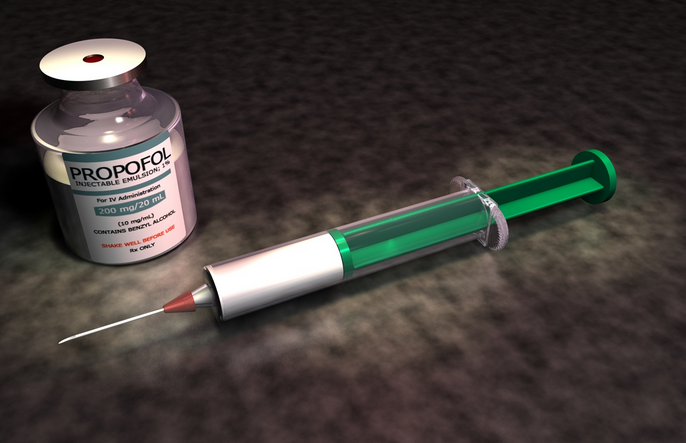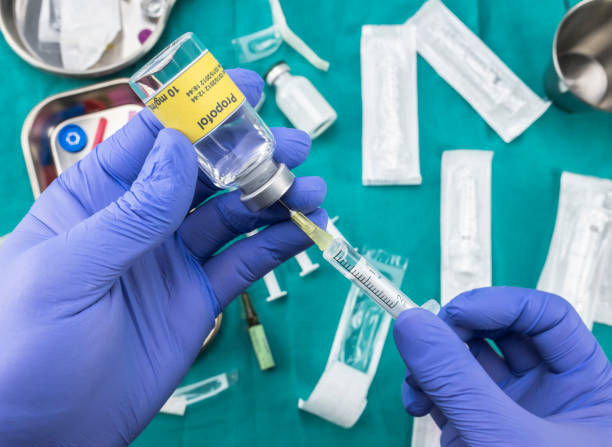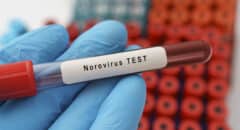
Propofol is a fast-acting sedative and anesthetic drug used in hospitals around the world. If you’ve ever been put under for surgery, had a colonoscopy, or were sedated in an ICU, chances are the propofol drug helped make it possible. It’s commonly used to put people to sleep quickly and safely, and then to wake them up just as fast.
But what is propofol, exactly? It’s a medication that’s administered through an IV to produce sedation or full general anesthesia. What makes propofol unique is how quickly it takes effect—and how quickly your body clears it once the infusion stops. Whether you’re a patient preparing for a procedure or just curious about how modern sedation works, understanding propofol’s uses, effects, and safety can be empowering.
Let’s explore how propofol works, why it’s used, how it’s administered, and what side effects and risks you should know about.
You May Also Like
How Does Propofol Work?
The propofol mechanism of action involves a powerful neurotransmitter in your brain called GABA (gamma-aminobutyric acid). GABA slows down brain activity, helping you relax or fall asleep. Propofol boosts GABA’s effect dramatically, essentially flipping the switch that puts your brain into “sleep mode.”
Once it binds to GABA receptors, propofol rapidly shuts down the communication between neurons, which causes sedation or loss of consciousness. That’s why how propofol works is so important in surgery—it gives doctors a fast and reliable way to control a patient’s level of awareness.
RELATED: Anesthesia: More Dangerous Than You Think?
You May Also Like
Propofol Uses in Medical Practice
There are several key propofol uses, including:
-
Inducing and maintaining anesthesia for surgeries and procedures
-
Sedating patients in intensive care units who require mechanical ventilation
-
Conscious sedation for minor procedures like endoscopies and dental surgeries
-
Emergency procedures where rapid sedation is necessary
The ability to fine-tune the depth and duration of sedation makes the propofol drug one of the most trusted tools in anesthesiology.
How Do They Wake You Up from Propofol?
One of the biggest advantages of this medication is how quickly its effects wear off once the infusion stops. So, how do they wake you up from propofol?
It’s simple: they stop giving it. Because the drug is rapidly metabolized by the liver and other tissues, patients typically regain consciousness within minutes. That fast recovery means people can be moved safely from the operating room to recovery areas with minimal delay.
How Long Does Propofol Stay in Your System?
Even though you might feel alert quickly after the infusion ends, how long propofol stays in your system varies. Trace amounts and their metabolites may linger in your body for up to 24 hours. Factors like your liver function, overall health, and the amount of propofol you received can all influence how long it takes to clear.
That’s why it’s important not to drive, drink alcohol, or make major decisions for at least a full day after being under sedation with propofol.
Propofol Dosage
Propofol dosage isn’t one-size-fits-all. Anesthesiologists customize the dose based on:
-
Your age and body weight
-
The type and duration of the procedure
-
Your health history and any medications you’re taking
Because it’s delivered through an IV, the dose can be adjusted on the spot. This flexibility makes it safer and more precise than many oral or inhaled sedatives.

What Can Go Wrong When You’re Put Under with Propofol?
While propofol is generally safe when administered by trained professionals, no medication is completely risk-free. So what can go wrong when you’re put under with propofol?
Common Propofol Side Effects include:
-
Pain or burning at the injection site
-
Drop in blood pressure
-
Slowed breathing or brief apnea
These are usually mild and short-lived, but still need monitoring.
More serious, less common complications include:
-
Severe respiratory depression
-
Bradycardia (slow heart rate)
-
Propofol infusion syndrome (PRIS) – a rare, potentially fatal condition linked to prolonged high-dose use in critically ill patients
That’s why propofol should always be administered in a controlled setting by trained clinicians with monitoring equipment.
RELATED: Michael Jackson & Propofol: The Real History
Propofol Contraindications and Drug Interactions
Certain patients shouldn’t receive propofol. These propofol contraindications include:
-
Known allergies to propofol itself
-
Allergies to egg lecithin or soy, since propofol is an emulsion that contains these ingredients
Also, there are several propofol interactions to be aware of. Propofol shouldn’t be mixed with other drugs that suppress the central nervous system unless carefully managed. These include:
-
Opioids
-
Benzodiazepines
-
Antipsychotics
-
Sleep medications
Combining propofol with other sedatives can increase the risk of low blood pressure, slowed breathing, or unconsciousness lasting longer than expected. Always tell your healthcare provider about any prescription, over-the-counter, or herbal supplements you’re taking.
Precedex vs Propofol: What’s the Difference?
In critical care, doctors sometimes choose between Precedex vs. propofol for sedation. While both are effective, they work in different ways:
-
Propofol acts on GABA and tends to cause deeper sedation, with more impact on respiratory drive.
-
Precedex (dexmedetomidine) targets alpha-2 receptors in the brain and typically causes less respiratory depression.
Precedex might be preferred when maintaining spontaneous breathing is important, but it works more slowly and may not be strong enough on its own for some procedures. The choice depends on the patient’s condition, the procedure, and clinical goals.
Final Takeaway: Why Propofol Matters
Propofol is one of the most effective and widely used sedatives in modern medicine. It’s fast, flexible, and—when used correctly—safe. Understanding what propofol is, how it works, and what to expect can help you feel more informed and confident if you ever need it.
Being aware of propofol side effects, dosage guidelines, and possible interactions ensures better communication between you and your healthcare team. And for medical professionals, that knowledge supports safer, more efficient care.
Whether you’re facing a surgical procedure, supporting a loved one in the ICU, or just curious about how anesthesia works, knowing the basics of this essential drug can go a long way.









